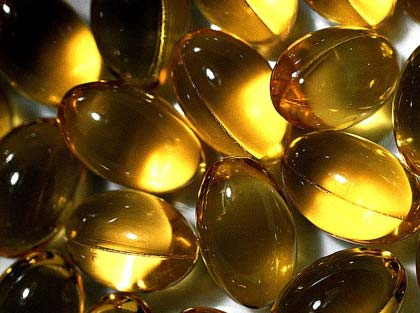CSIC has synthetized and studied unknown polyphenolic compounds possessing high antioxidant
activity, comparable and in some cases even higher than those of known natural polyphenols, as
resveratrol and hydroxytyrosol.
We are seeking for Pharmaceutical, Biotechnological, Food or Cosmetics companies interested in
developing and marketing these compounds as drugs, cosmetics ingredients or dietary supplements
under patent licensing.
An offer for Patent Licensing
Use in cosmetics and food industry
An antioxidant is a molecule that inhibits the oxidation of other molecules. Oxidation is a chemical reaction that can produce free radicals, leading to chain reactions that may damage cells.
Diets containing foods high in antioxidants have been shown to improve health.
Oxidative stress can be considered as either a cause or consequence of some diseases:
cardiovascular and neurodegeneration diseases, stimulating drug development for potential antioxidant compounds for use as treatments. Antioxidants have many industrial uses, such as preservatives in food and cosmetics and to prevent the degradation of rubber and gasoline.
In recent years polyphenols have gained interest for its beneficial properties particularly as antioxidants.
Because their important applications it is interesting to find new compounds with high antioxidant capacity higher than other compounds already described, such as hydroxytyrosol, which is a component of olive oil, considered one of the most potent natural antioxidant known, or resveratrol present in grapes and wine, also with a high antioxidant capacity.
Antioxidants have a variety of applications in industry. In food and cosmetics they are used as additives and preservatives to maintain product quality and extend its half-life. Since antioxidants are chemicals that protect cells by neutralizing damage caused by free radicals, they are also used in cosmetics for retarding skin aging. They are added to fuels, lubricants and polymers to prevent oxidation. It is also known that cellular damage caused by free radicals and reactive oxygen species are behind a variety of diseases, including several cardiovascular problems, the metabolic syndrome, neurodegenerative diseases and cancer. A large number of experimental evidences indicate that antioxidants have beneficial effects on these diseases.
Main innovations and advantages
· Small organic molecules (MW: 253-285) · Simple synthetic procedure in only two-three steps.
· Great antioxidant potency (ORAC: up to 29 μmol Trolox/μmol purecompound) · Potential application in cosmetics against skin-aging.
· Potential use as preservative or supplement in food industry.
· Potential use as drugs for the prevention or treatment of oxidativestress related diseases, such as cardiovascular diseases, metabolicsyndrome (obesity or diabetes), inflammation, neurodegenerativediseases and cancer.






